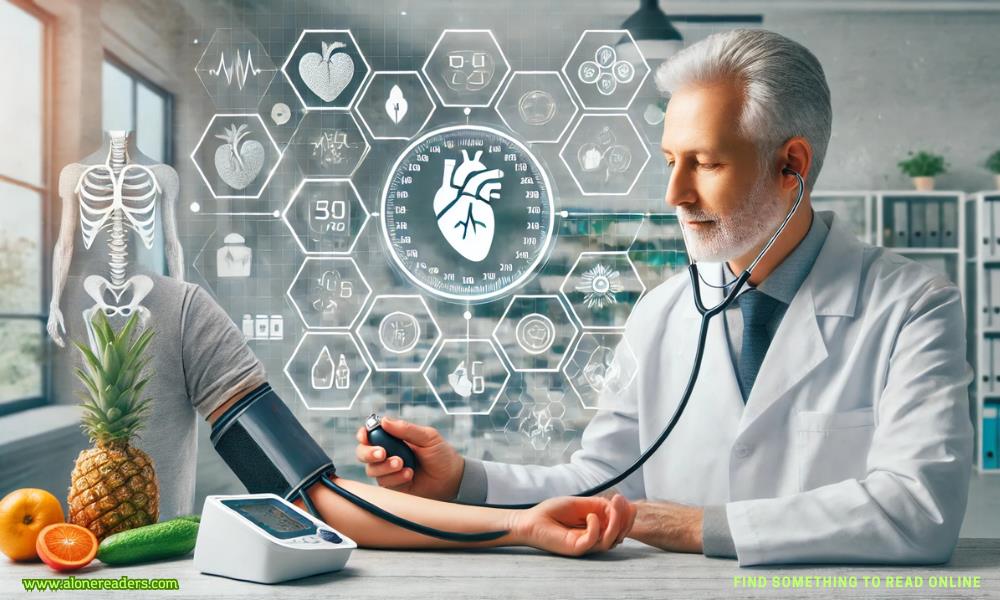
Hypertension, or high blood pressure, is often dubbed the “silent killer” because it may present with no clear symptoms until it leads to severe complications like stroke, heart attack, or kidney failure. Globally, it affects over 1.3 billion people, yet many remain undiagnosed or poorly managed. Understanding its mechanisms, risks, and evidence-based management strategies is essential not just for patients but for anyone at risk—which includes nearly everyone over 40.
This article takes a deep dive into hypertension: what causes it, who is at risk, and how specific lifestyle modifications, dietary interventions, medications, and monitoring techniques can prevent or manage it effectively. This is not a generalized overview, but a focused, expert-style guide to hypertension control.
The Medical Definition and Diagnostic Thresholds
Hypertension is defined as sustained elevation in arterial blood pressure. The American College of Cardiology (ACC) and American Heart Association (AHA) define it as:
These thresholds help clinicians decide when to begin lifestyle changes or pharmacological treatment.
Primary vs. Secondary Hypertension
Genetics and Family History
If a first-degree relative has hypertension, your risk increases by 20–50%. Genome-wide studies have identified over 100 genetic loci associated with blood pressure regulation.
Age and Arterial Stiffness
As people age, their arteries lose elasticity. This increases systolic pressure even if diastolic pressure remains stable. Hence, isolated systolic hypertension is common in elderly populations.
Obstructive Sleep Apnea (OSA)
OSA increases sympathetic nervous system activity, leading to persistent hypertension. It’s often overlooked but should be screened for in obese patients or those with resistant hypertension.
Chronic Kidney Disease (CKD)
The kidneys play a vital role in volume and electrolyte regulation. Dysfunction here directly contributes to elevated blood pressure and often leads to secondary hypertension.
Medications and Substances
DASH Diet (Dietary Approaches to Stop Hypertension)
This is not merely about reducing salt. It is a comprehensive plan emphasizing:
Sodium: How Low Should You Go?
Increase Magnesium and Calcium
Both minerals help regulate vascular tone and reduce vascular resistance.
Limit Caffeine
Acute caffeine consumption can cause a temporary BP spike, especially in non-habitual drinkers. Limit intake to 200 mg/day or less if hypertensive.
Physical Activity
Weight Reduction
Alcohol Moderation
Smoking Cessation
While smoking doesn’t cause chronic hypertension directly, it damages blood vessels and significantly increases the risk of cardiovascular events. Nicotine also triggers transient spikes in BP.
Stress Reduction Techniques
First-Line Medications
Combination Therapy
Often required when BP is more than 20/10 mmHg above goal. Common combinations include:
Resistant Hypertension
If BP remains uncontrolled on 3 medications, consider:
Home Blood Pressure Monitoring (HBPM)
Ambulatory BP Monitoring (ABPM)
Digital Tools and Smart Devices
Cardiovascular Damage
Neurological Consequences
Renal Impairment
Ophthalmic Issues
Final Thoughts: Proactive Control Saves Lives
Hypertension is not just a condition—it’s a major global public health threat that affects quality of life and life expectancy. The silver lining is that it’s largely preventable and eminently controllable. Specific dietary adjustments, structured physical activity, early medication initiation, and precise monitoring form the pillars of successful management. Those at risk—due to age, genetics, or comorbidities—should not wait for a diagnosis. Proactive lifestyle changes can delay or prevent the onset of hypertension altogether.
Preventing and managing hypertension is not about guesswork or generalized advice. It’s about consistent, individualized, evidence-based action—and that starts with understanding exactly how this silent killer works.